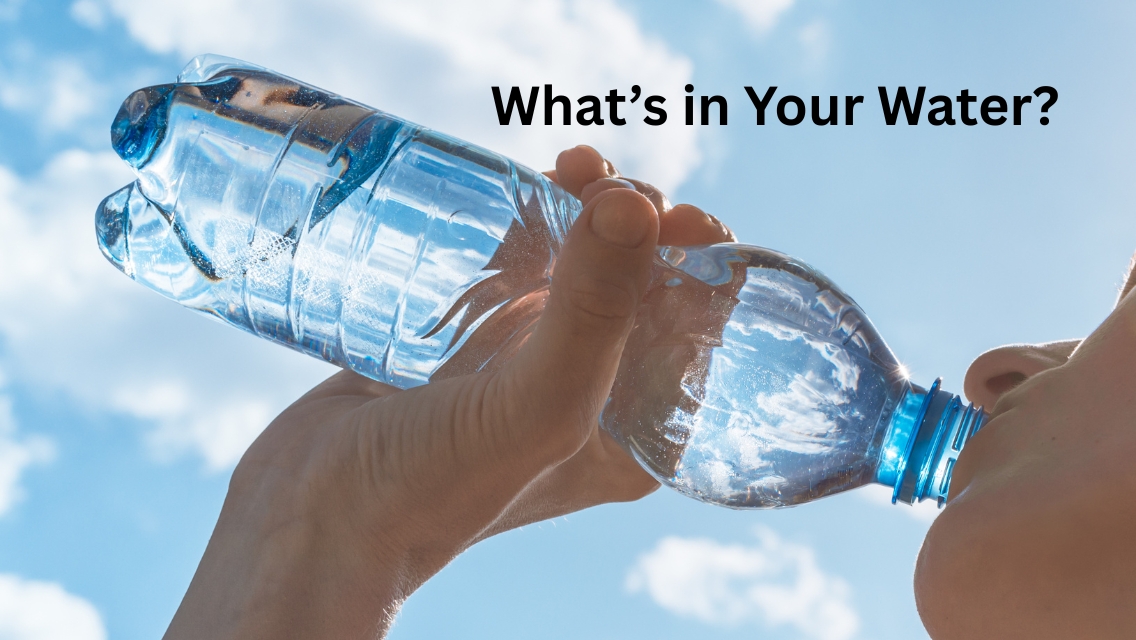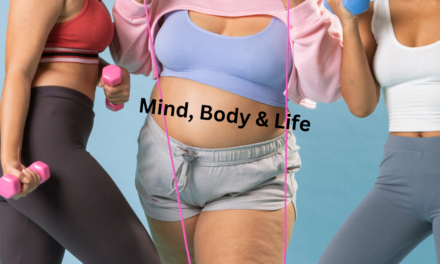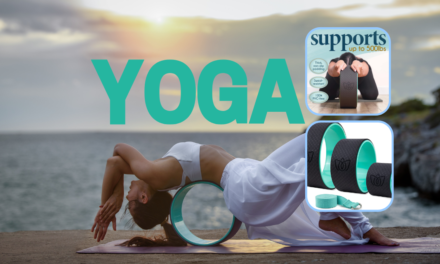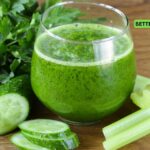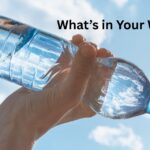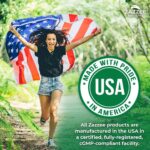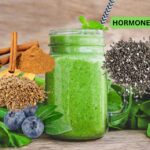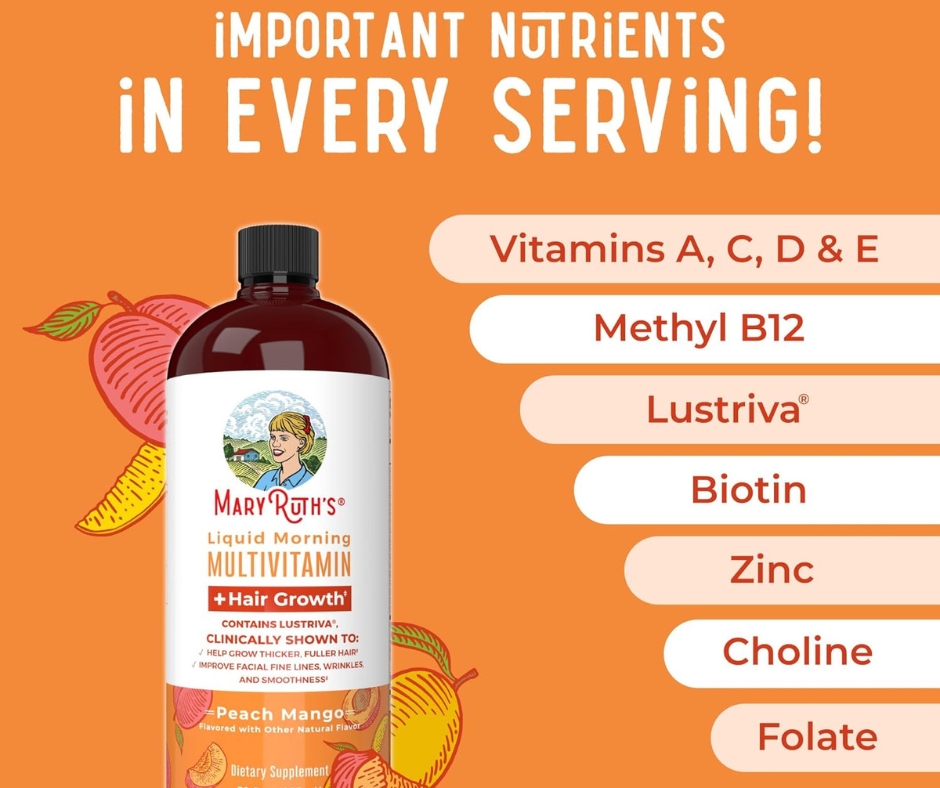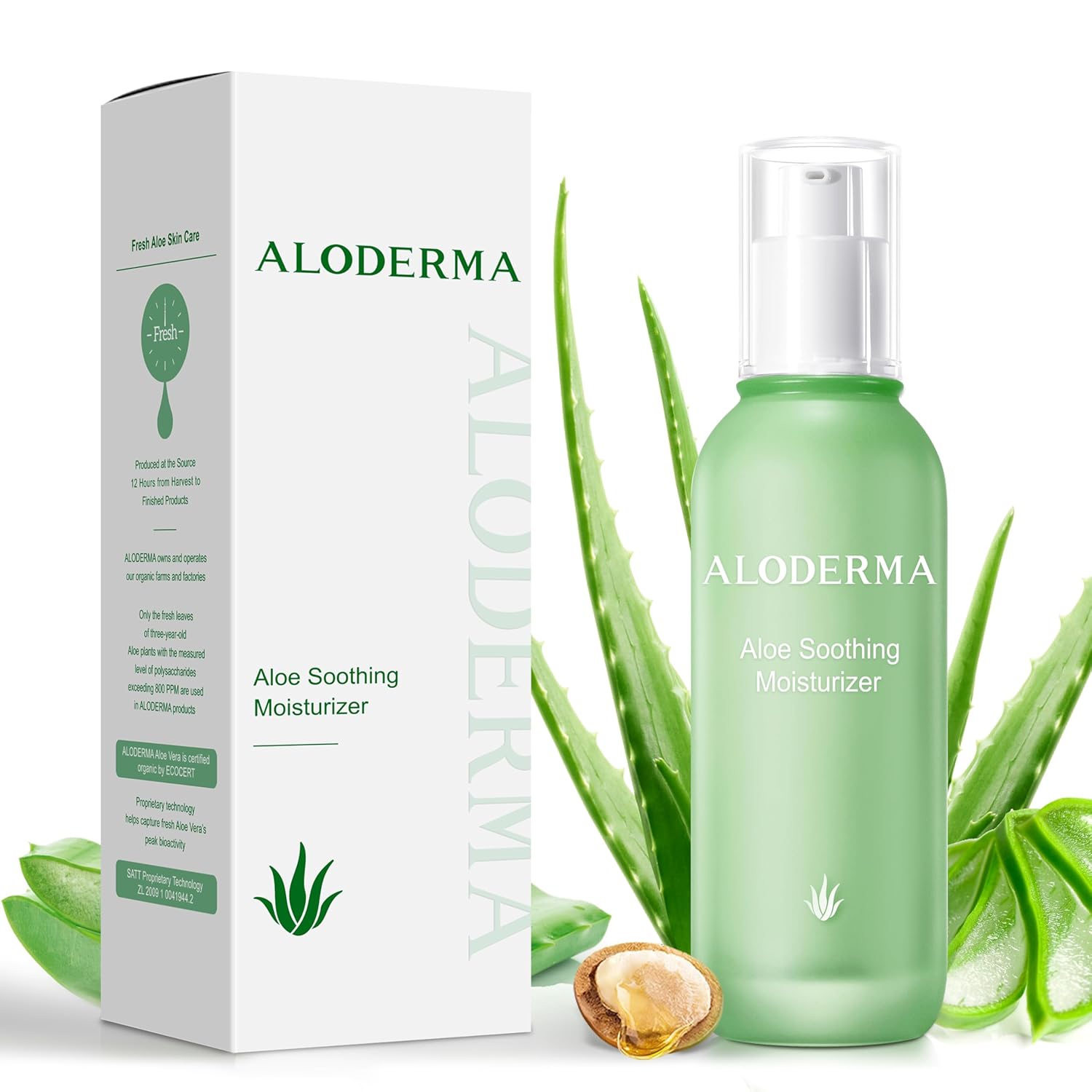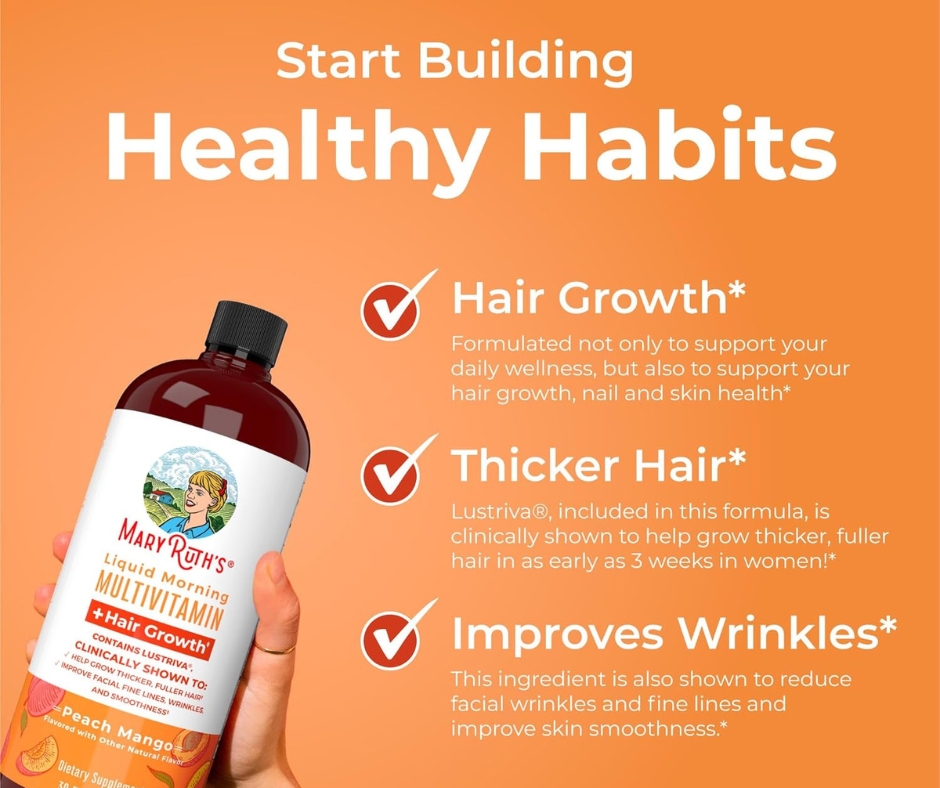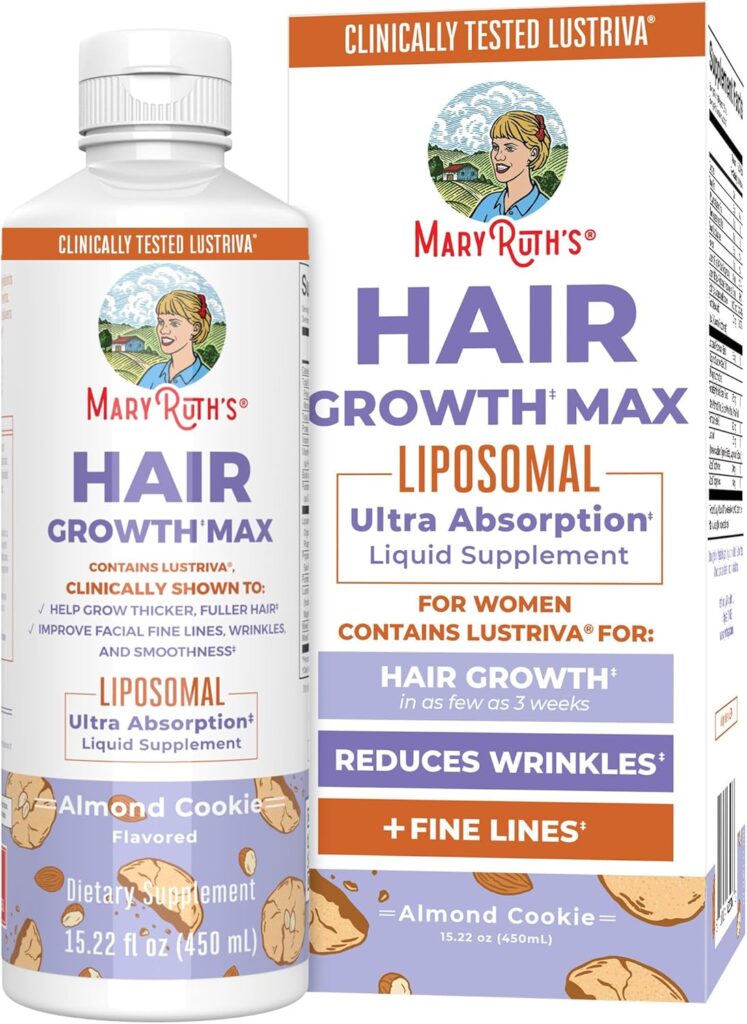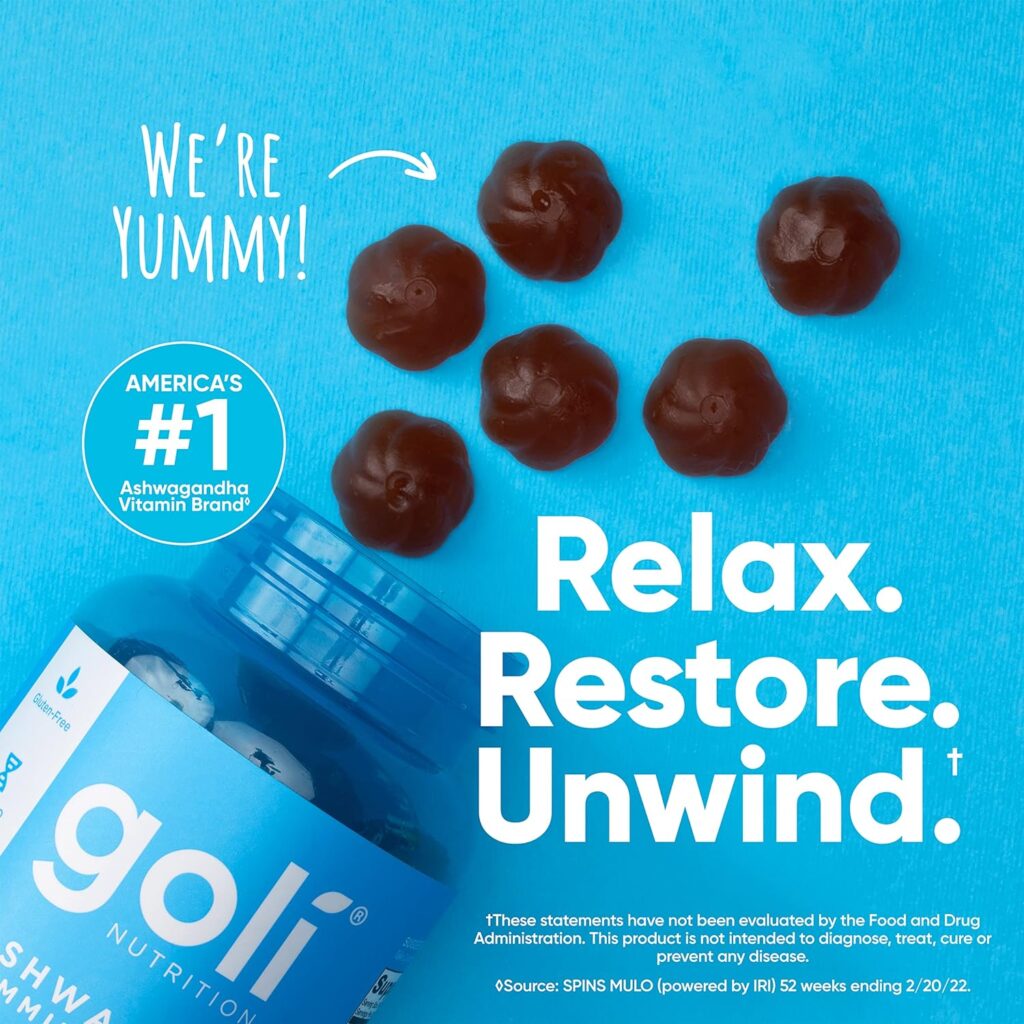WHY WATER QUALITY MATTERS MORE THAN YOU THINK
Water is essential to life—but not all water is created equal. The type of water you drink can impact your health, energy, and even long-term wellness. With increasing contamination risks, misleading labels, and plastic pollution, it’s time to understand the differences between spring water, filtered water, tap water, and bottled options.
Types of Drinking Water: What You Need to Know
Tap Water
Tap water is the most accessible and affordable, but it’s often treated with chlorine, fluoride, and other chemicals. It may also contain contaminants like lead, pesticides, and microplastics depending on your location. While regulated, municipal systems aren’t foolproof—aging infrastructure and local pollution can compromise safety.
Spring Water
Spring water comes from natural underground sources and is typically bottled at the source. It’s prized for its natural mineral content and taste. However, not all brands are transparent—some simply filter municipal water and label it “spring.”
Distilled Water
Distilled water is boiled into steam and condensed back into liquid, removing all minerals and contaminants. While pure, it lacks electrolytes and minerals needed for hydration balance.
Purified Water
This is water that has undergone processes like reverse osmosis, carbon filtration, or distillation. It’s very clean but may also lack essential minerals unless re-added.
Mineral Water
Mineral water contains naturally occurring minerals like calcium, magnesium, and potassium. These can support bone health, muscle function, and more. Must come from a protected source.
Tap Water in Your State: How to Check It
Before drinking tap water, check for recent contamination reports or testing data in your area:
Why You Should Avoid Drinking Straight Tap Water
Tap water can contain:
-
Lead from old pipes
-
PFAS (“forever chemicals”) linked to cancer
-
Chlorine byproducts like trihalomethanes
-
Agricultural runoff and nitrates
Even if it’s “legally safe,” that doesn’t mean it’s free of health risks. Always filter your tap water, especially for children or pregnant women.
The Dangers of Plastic Bottles in Water Storage
PLASTIC BOTTLES
Often single-use
May leach chemicals over time
Harmful to the environment
GLASS BOTTLES
Reusable and recyclable
No chemical leaking
Preserves taste and purity
Verdict: Glass is the healthiest, most sustainable option.
Filtered Water at Home: A Smart Alternative
Home water filters vary in quality. Choose filters certified by NSF International or the Water Quality Association (WQA). Top filter options include:
-
Reverse osmosis systems: Remove most contaminants, including heavy metals
-
Activated carbon filters: Great for chlorine, odors, and some chemicals
-
Berkey or Gravity Filters: Ideal for off-grid or emergency use
Tip: Always replace filters on schedule to maintain effectiveness.
The 5 Best Bottled Water Brands (2025 Edition)
Mountain Valley Spring Water (Glass)
Rich in minerals, bottled in glass, naturally alkaline. Sourced in the Ouachita Mountains.
Evian Natural Spring Water
From the French Alps, contains electrolytes and natural minerals.
VOSS (Glass)
Artesian water from Norway with ultra-low TDS (Total Dissolved Solids), stylish glass packaging.
Acqua Panna
Italian natural spring water with a smooth, balanced taste and mineral profile.
Saratoga Spring Water
Bottled in cobalt blue glass, sourced from New York springs. Elegant and mineral-rich.
Your content goes here. Edit or remove this text inline or in the module Content settings. You can also style every aspect of this content in the module Design settings and even apply custom CSS to this text in the module Advanced settings.
THE POWER OF ASHWAGANDHA
What to Avoid in Drinking Water
BPA and other chemicals from plastic bottles
Unfiltered tap water
Unknown or vague water sources on labels
“Alkaline water” with synthetic additives (unless tested)
Reusable plastic bottles made of low-grade materials
FACTS FROM AROUND THE WORLD
Most Expensive Drinking Water in the World
Acqua di Cristallo Tributo a Modigliani
Price: $60,000 per 750ml bottle
Why so expensive? The bottle is made of 24-karat gold, designed by famed artist Fernando Altamirano, and contains a blend of spring water from Fiji and France plus glacier water from Iceland.
Target market: Luxury collectors, not daily drinkers.
It’s more about the packaging and prestige than the water itself.
Cheapest Drinking Water in the World
Tap Water in Developing Countries or Filtered Rainwater
Price: Often less than $0.01 per liter
Countries with some of the cheapest tap water include:
India
Indonesia
Pakistan
Nepal
💡 However, cheap doesn’t mean safe. In many regions, tap water is not potable without boiling or filtration.
Where to Find the Purest Spring Water in the World
Norway – Folgefonna Glacier & Artesian Springs
Exceptionally clean, glacial-fed, and mineral-balanced.
Used in luxury brands like VOSS and Isklar.
Norway is known for strict water protection laws and natural purity.
🇳🇿 New Zealand – Blue Spring, Putaruru
100% naturally filtered through volcanic rock over decades.
Water from the Blue Spring supplies 70% of New Zealand’s bottled water.
Renowned for clarity, cleanliness, and high oxygen content.
🇨🇦 Canada – British Columbia Mountain Springs
Remote glacial springs and deep aquifers.
Low in pollutants, rich in essential minerals.
Used in premium bottled brands and eco-sustainable harvests.
🇮🇸 Iceland – Ölfus Spring
One of the largest and cleanest natural springs globally.
Source of Icelandic Glacial water, carbon neutral certified.
Filtered through volcanic rock, giving it a very low mineral content and smooth taste.
Final Thoughts: What’s the Best Water for You?
If you care about purity, mineral content, and long-term health, spring water from a verified source or filtered water stored in glass is ideal. Avoid tap water unless properly filtered, and don’t trust plastic bottles for long-term storage or daily use.
Stay hydrated—but make sure what you’re drinking is as clean as it should be.
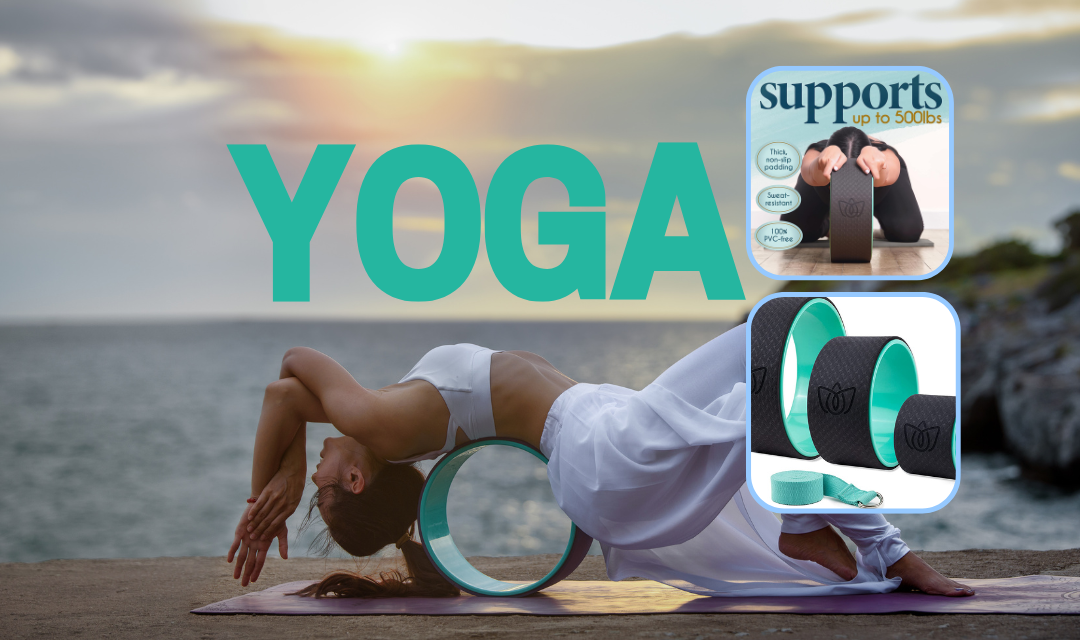
Enhance Your Yoga Practice With The Innovative Florensi Yoga Wheel
Elevate Your Yoga Practice with the Innovative Florensi Yoga Wheel: Experience Deep Stretching, Improved Flexibility, and Core Strength
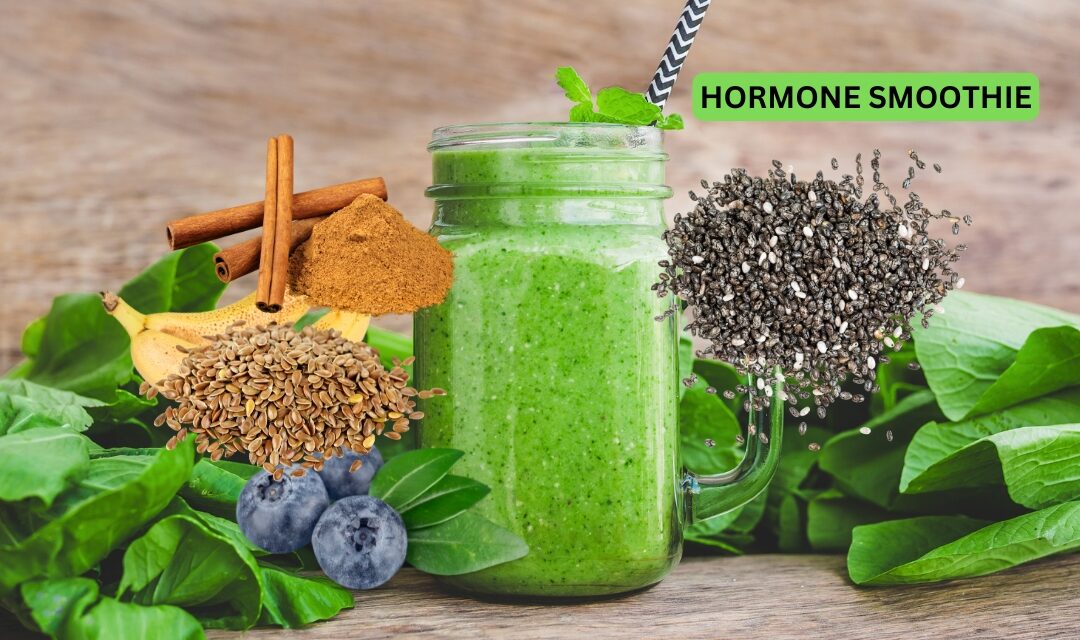
FEEL BETTER FAST WITH THIS HORMONE SMOOTHIE
If you’ve been feeling a bit off—moody, low energy, or battling bloating—your hormones may be trying to tell you something. This delicious hormone-balancing smoothie is packed with powerful, plant-based ingredients that work with your body to naturally support...

